Danish photographer who’s career spanned over 70 years and he achieved widespread international recognition in the 1940s and 1950s for his abstract colour photographs.


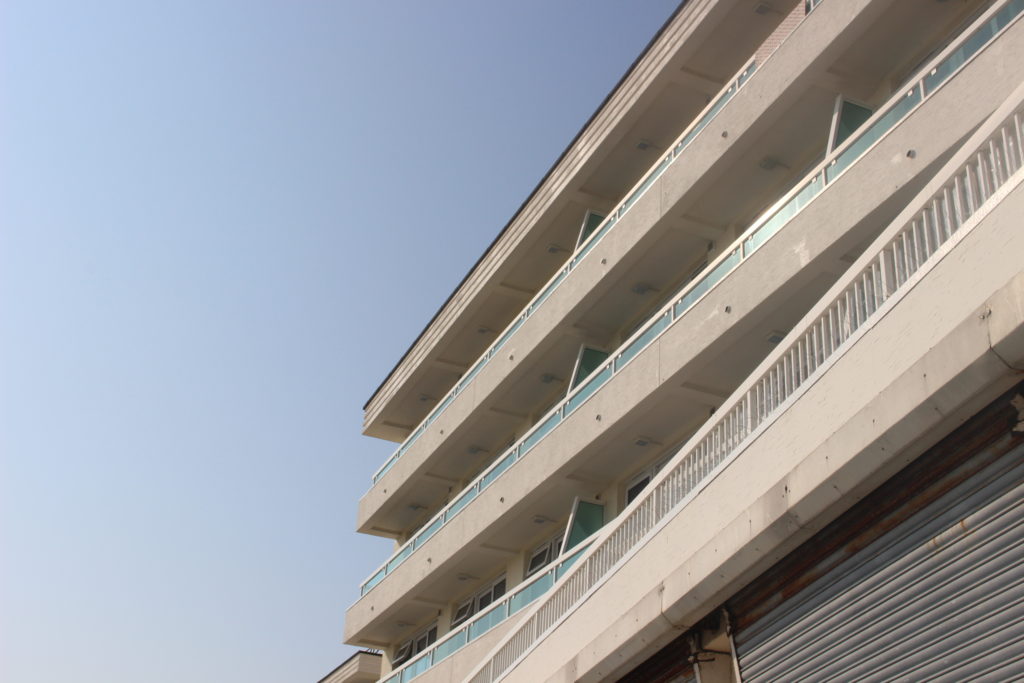
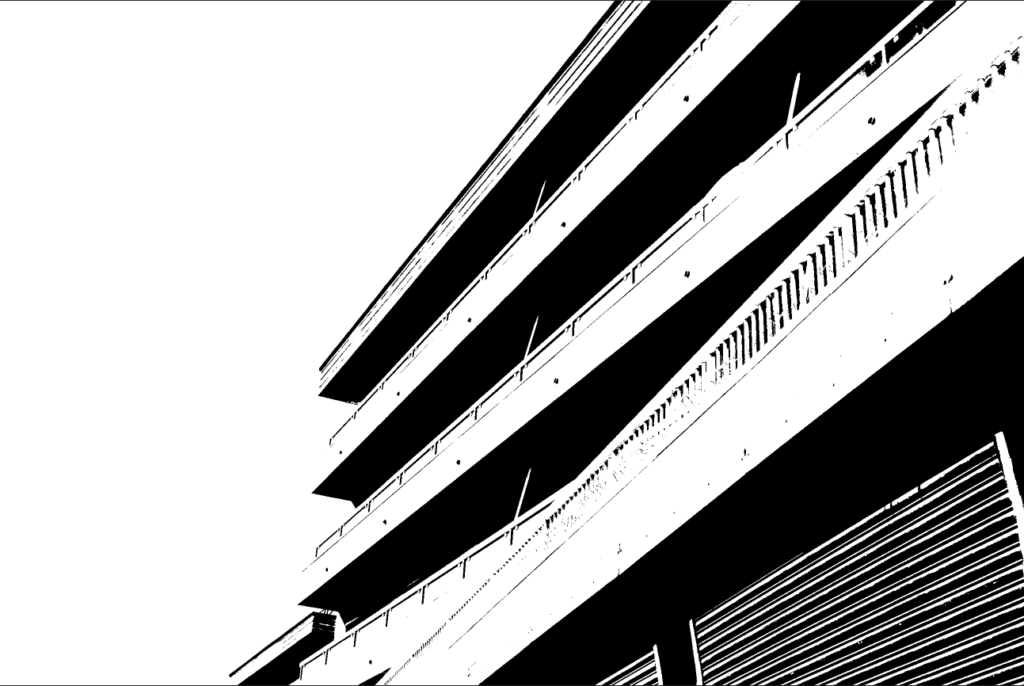
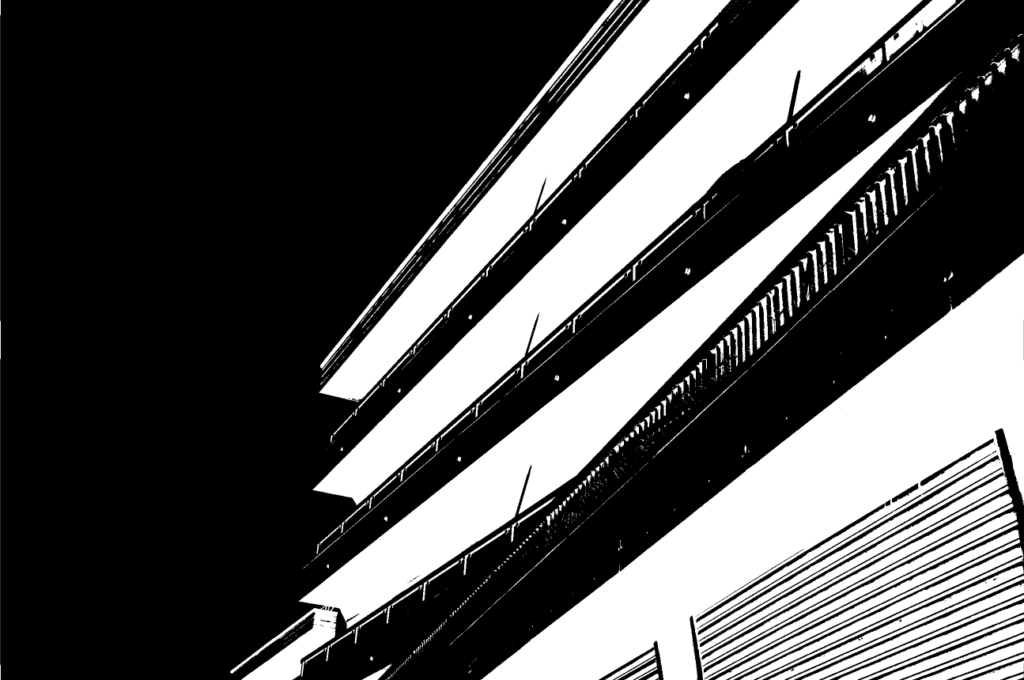
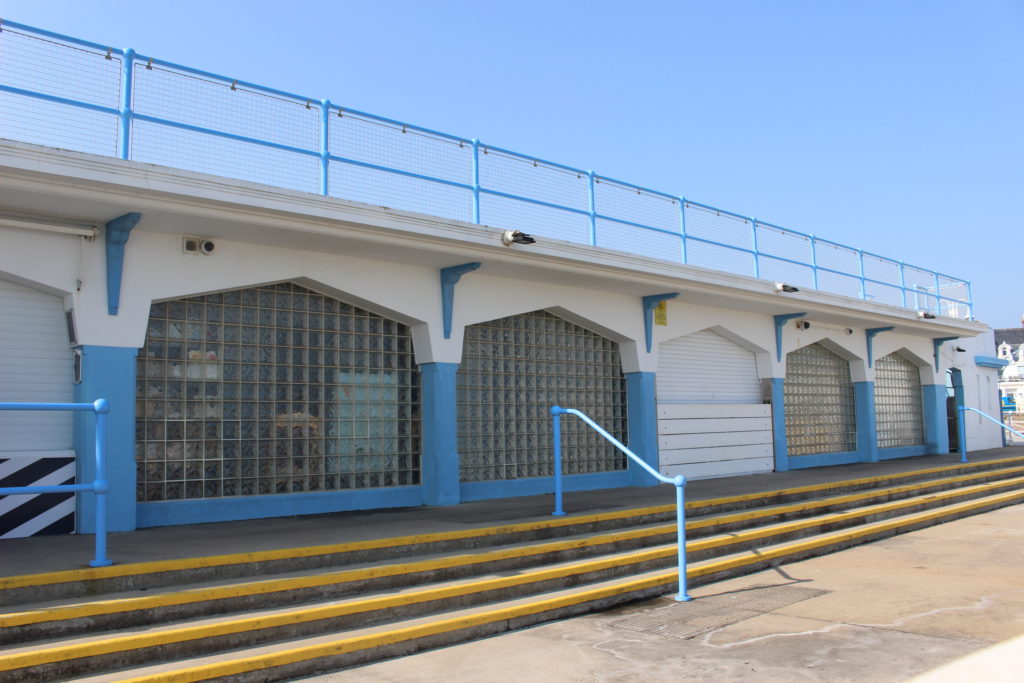

Danish photographer who’s career spanned over 70 years and he achieved widespread international recognition in the 1940s and 1950s for his abstract colour photographs.
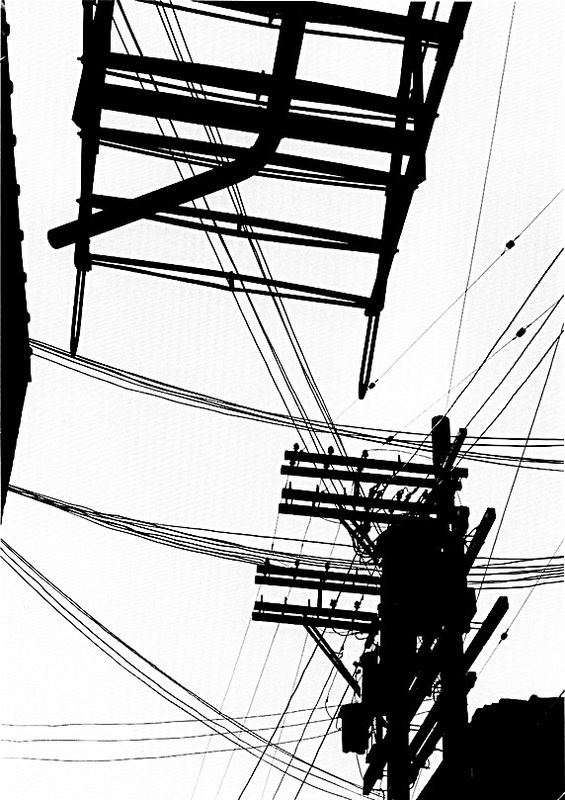
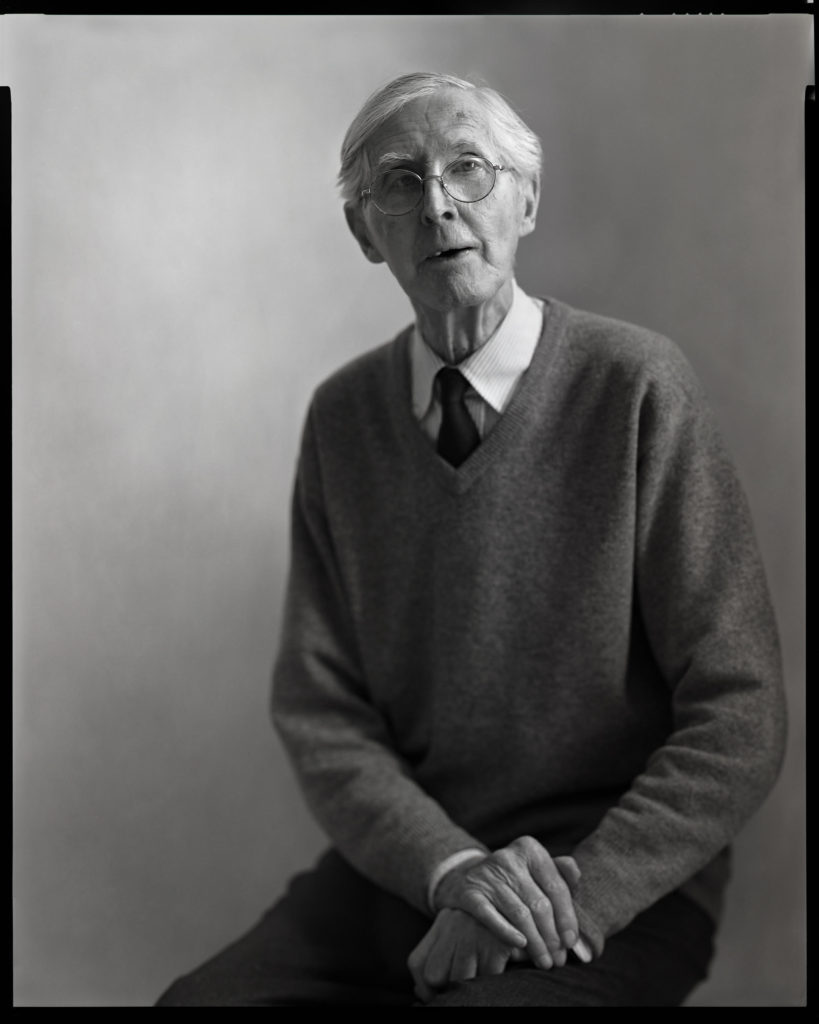
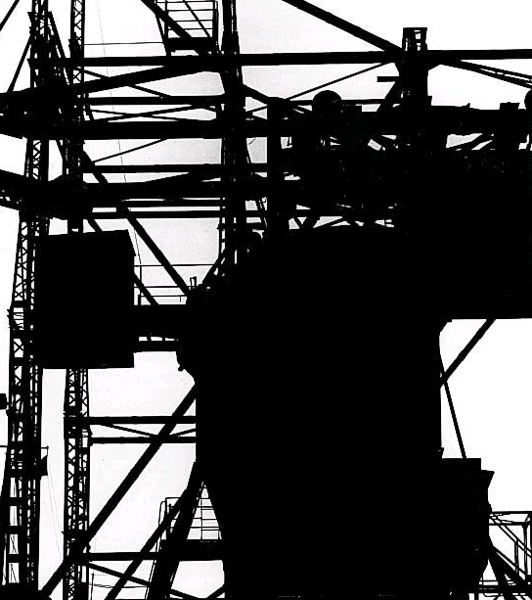
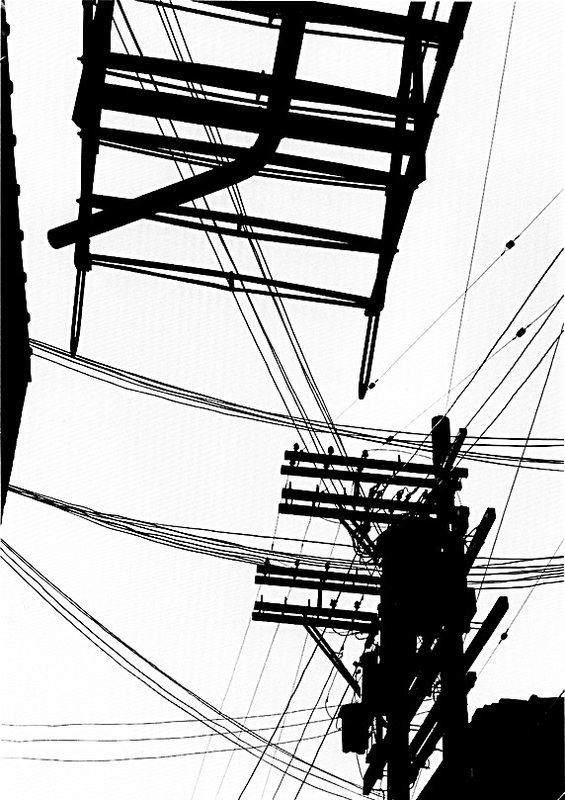












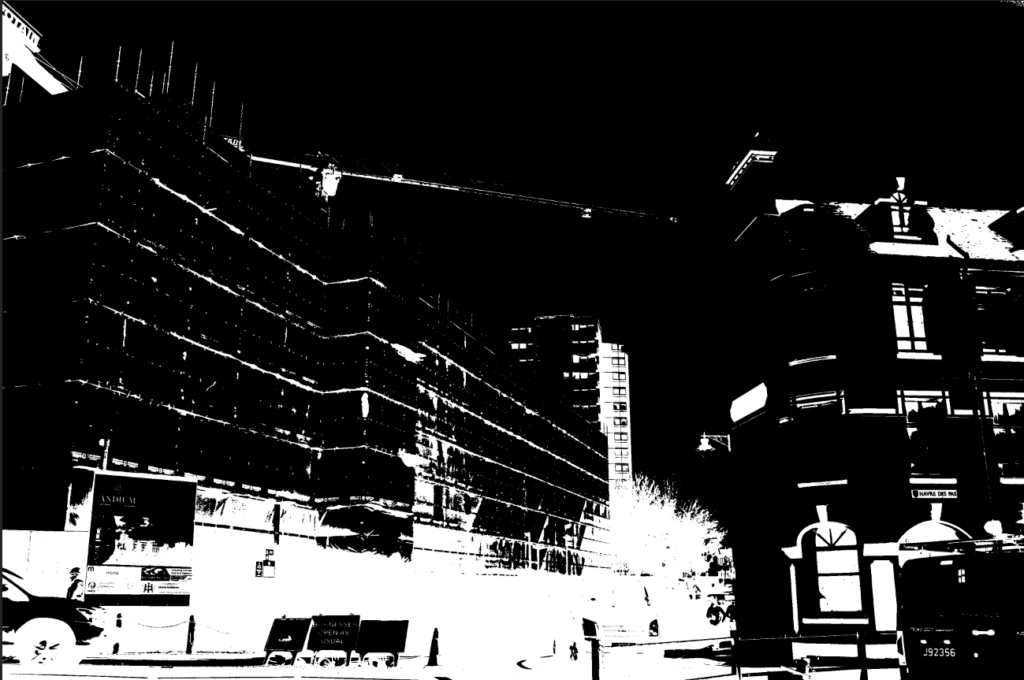

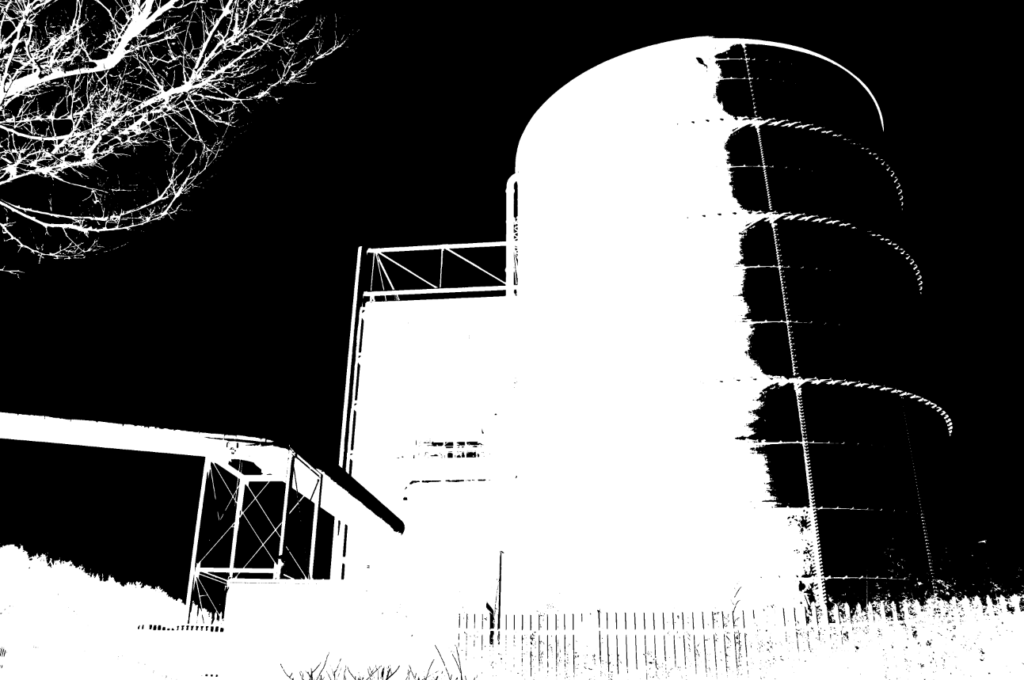

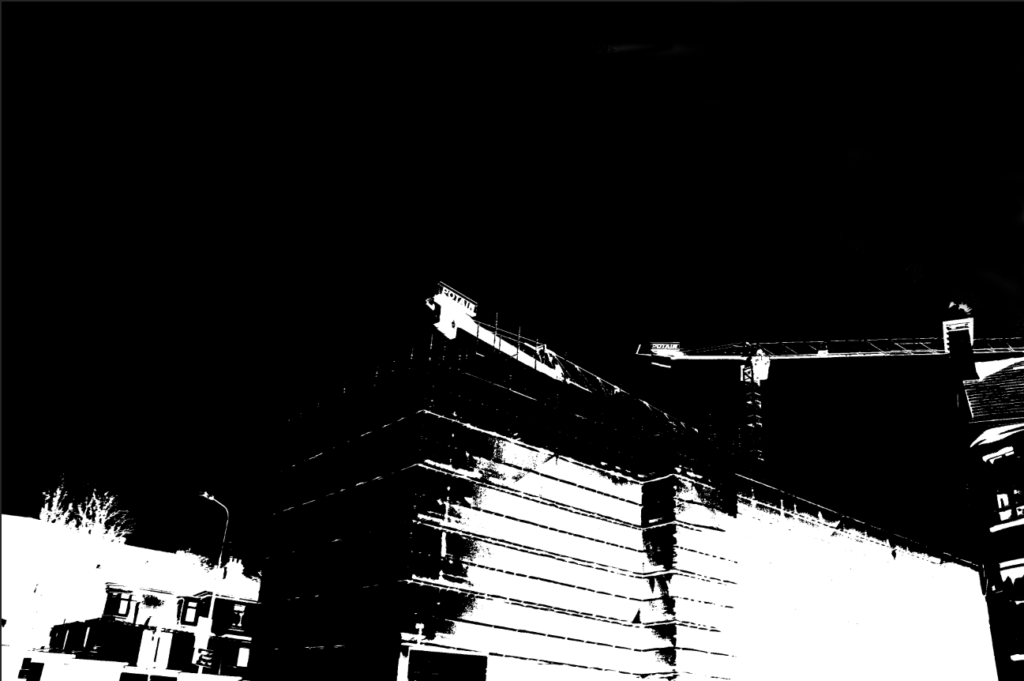
Keld-Helmer Peterson
Keld-Helmer Peterson is a photographer who tends to focus on taking photos of urban/industrial landscapes and makes them into black and white silhouettes through editing. He pays close attention to lighting when photographing as it can enhance the details in his image, making interesting and dynamic patterns when he turns his images into silhouettes.



My Edits
In order to create these edits, I lowered the saturation of my images and increased the contrast which allowed me to have even white, black and grey tones throughout my photos and prepare for the next stage of editing. Then, I used the threshold tool on photoshop in order to get rid of the grey tones and make my photo purely black and white and I adjusted as I needed to get my final edits.
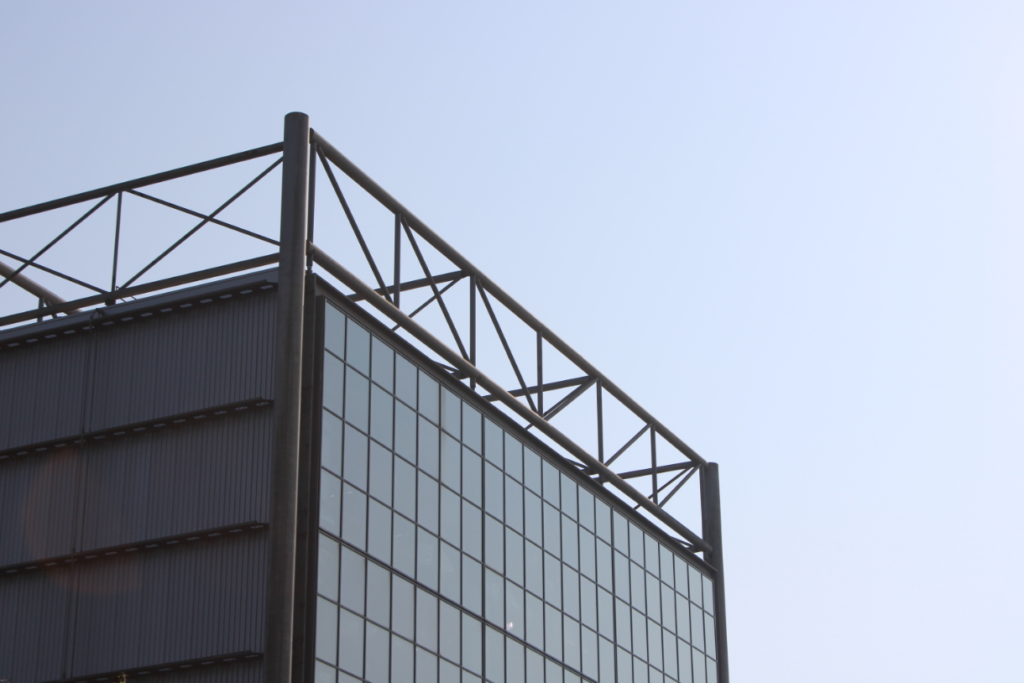







Keld Helmer-Petersen is one of the most influential Danish photographers in the 20th Century. He was an international pioneer in colour photography and was a central figure in not only Danish but also European modernist photography. His career spanned 70 years and he had strong interest in modern architecture, industrial areas and structures. He was very prolific and continuously experimented and challenged the many possibilities of the photographic image.
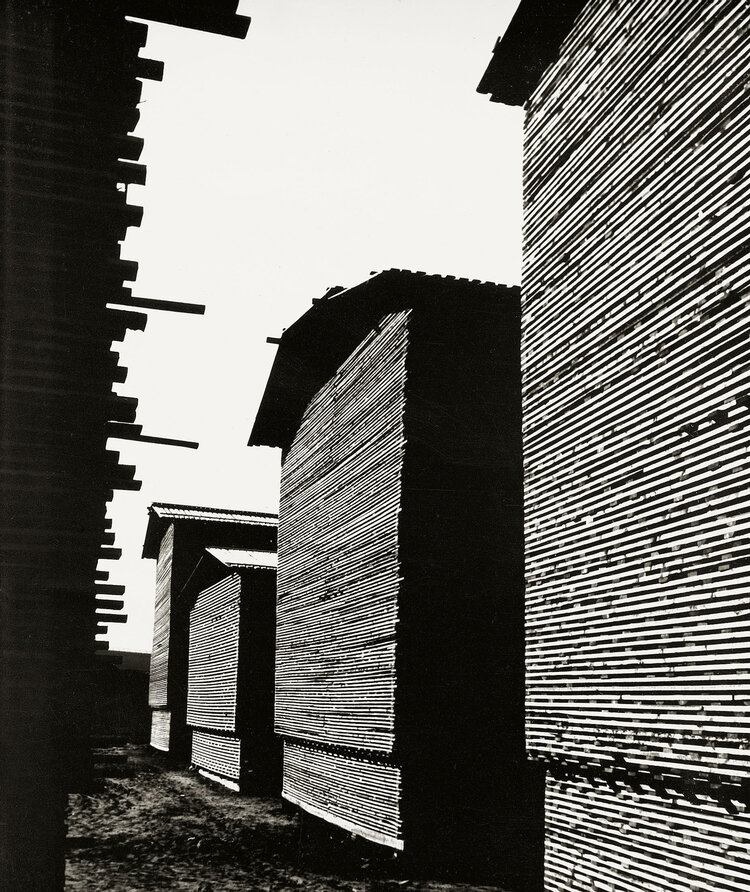
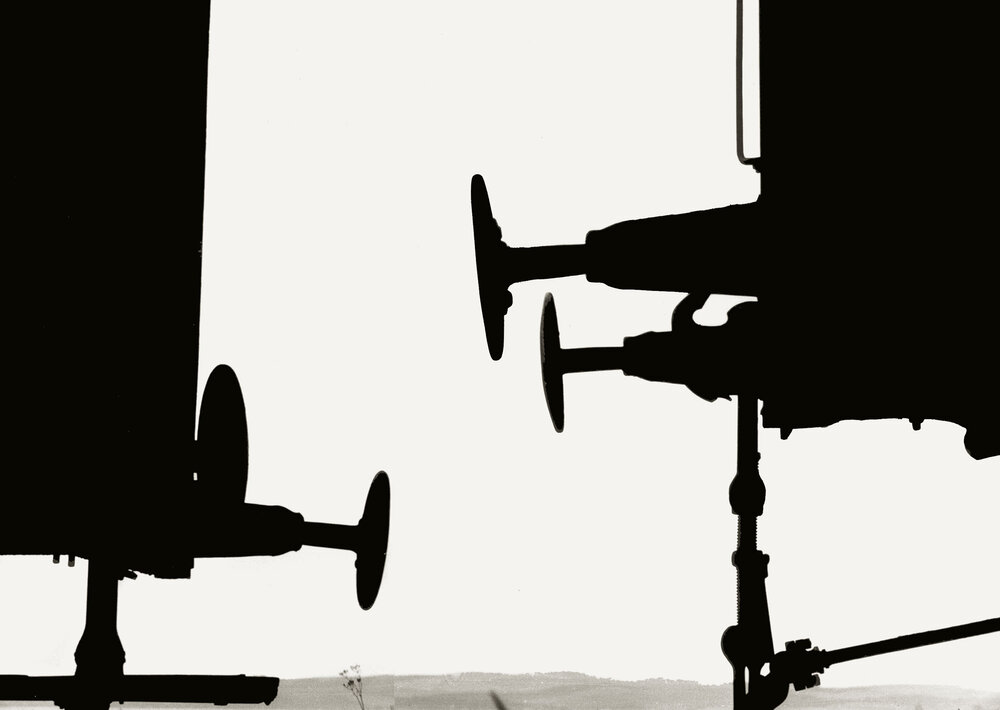

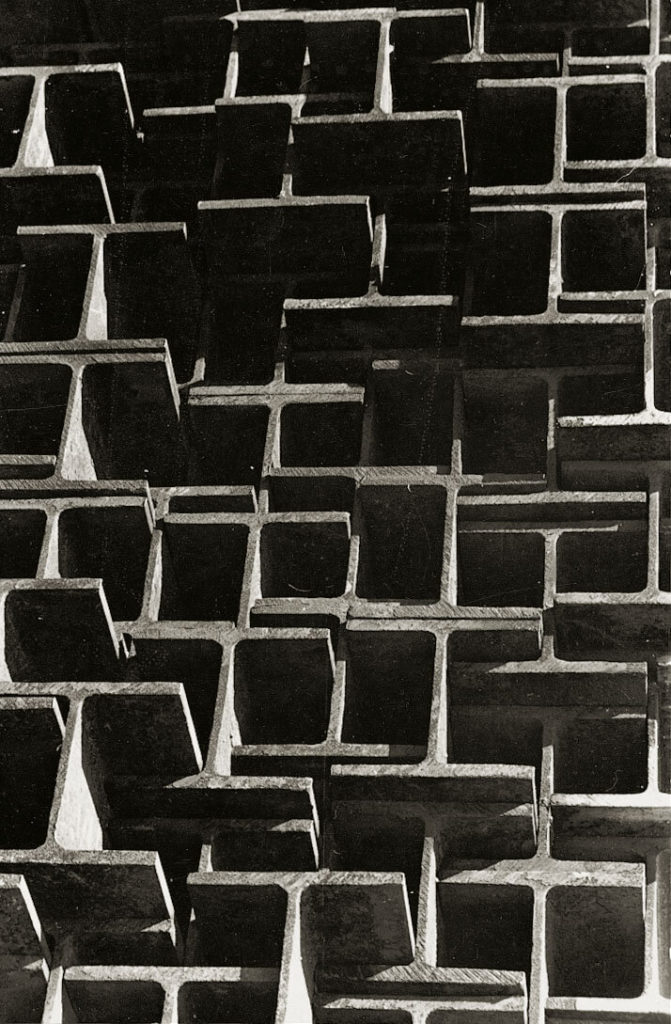

From 1950 to 1951, Helmer-Petersen studied at the Institute of Design art school in Chicago. The stay there had a major impact on the development of his development as an artist. Helmer-Petersen’s stay at the legendary Institute of Design came about because of his first photobook ‘122 Colour Photographs’ published in 1948. It gained international attention and was recognised as one of the pioneering examples of art photography in colour. The featured photographs explored colour as shapes and surfaces in an original way, and it is what Helmer-Petersen is best known for today.
His efforts have put a mark on photography as an artistic expression. With his keen eye for things that are generally overlooked, Keld Helmer-Petersen opened a door to the hidden beauty of a world, we thought we knew so well.

After his time at the Institute of Design, teaching art was of great importance to Helmer-Petersen and in 1964 he was appointed the first lecturer of photography at the Academy of Architecture in Copenhagen. Until retiring in 1990, he had influenced many architectural students’ perception of architecture and photography.
From the start, architecture played a significant role in Helmer-Petersen’s work, and throughout his longstanding career he was able to combine his personal interest with his work as a professional photographer. In 1956 Helmer-Petersen established himself as a professional architecture photographer with his own studio in Copenhagen. For many years he worked with some of the most renowned Danish modern architects and designers, such as Jørn Utzon, Kay Kørbing, Poul Kjærholm, Finn Juhl, Mogens Koch and Nanna Ditzel. He did works for ferries and schools in the 1950s and 1960s and his last commission was a series of works in 2008 called ‘Structures’ which can be seen at the Copenhagen Airport train station.
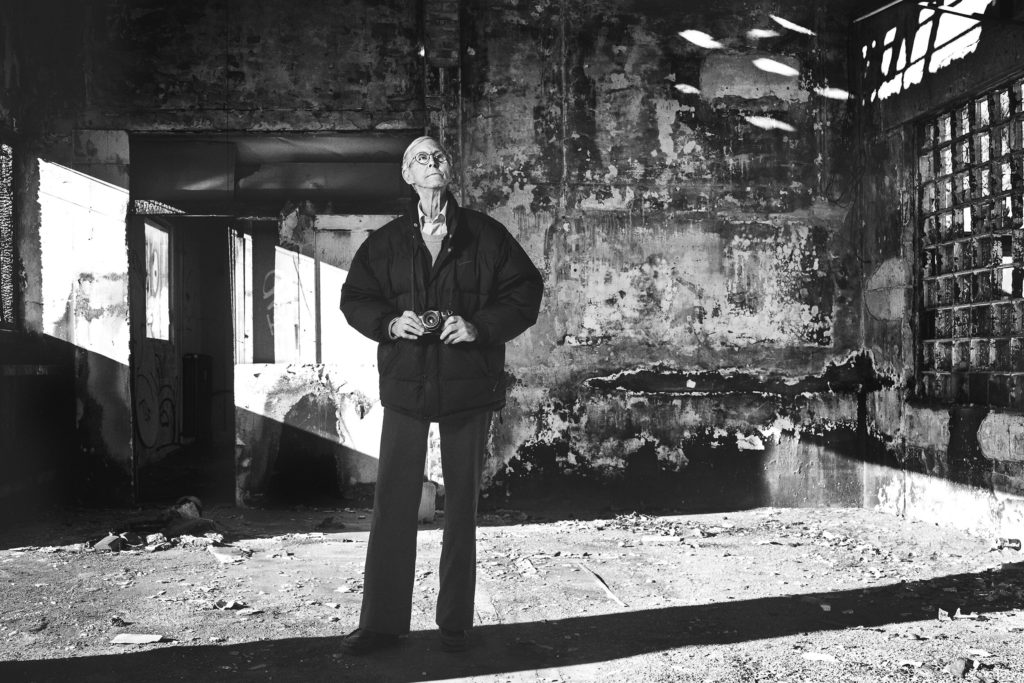
For my editing in the style of Keld Helmer Petersen, I used my industrial images taken at La Collette. I used my black and white images. I then opened them in photoshop, then used the threshold tool, and moved the intensity up/down to achieve my desired results. I then used the invert tool on some of my images to create a clearer look. These experiments worked better with clear and sharp lines, and bold bits of symettry and machinery. This is why I think my images of the machines and structures at La Collette worked best.

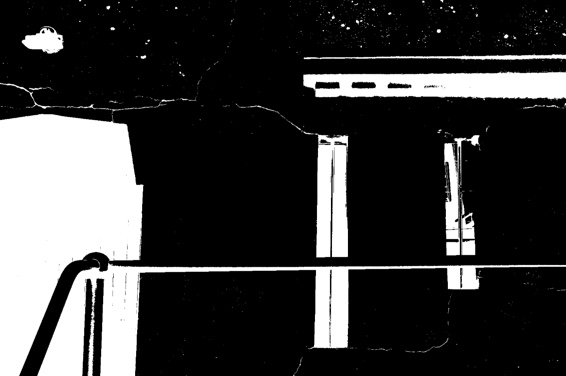
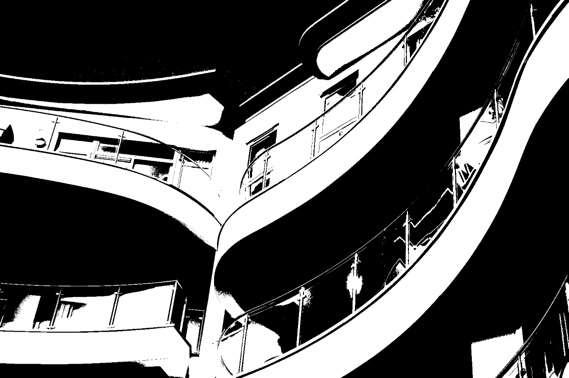
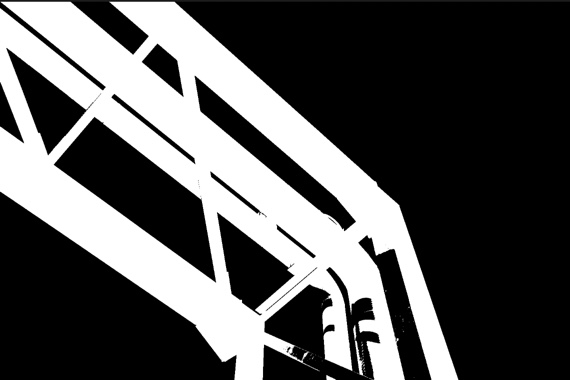
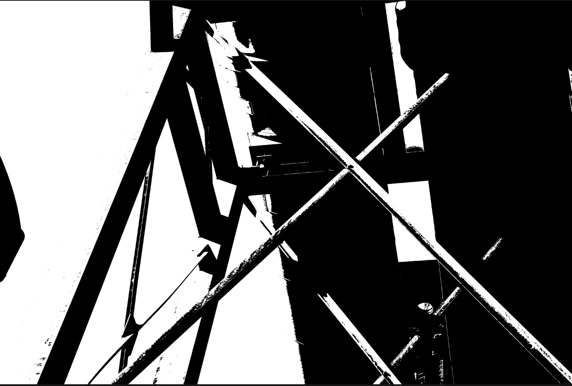
New Topographics was a term coined by William Jenkins in 1975 to describe a group of American photographers (such as Robert Adams and Lewis Baltz) whose pictures had a similar banal aesthetic, in that they were formal, mostly black and white prints of the urban landscape.

Parking lots, suburban housing and warehouses were all depicted with a beautiful stark austerity, almost in the way early photographers documented the natural landscape. An exhibition at the International Museum of Photography in Rochester, New York featuring these photographers also revealed the growing unease about how the natural landscape was being eroded by industrial development. The show consisted of 168 rigorously formal, black-and-white prints of streets, warehouses, city centres, industrial sites and suburban houses. Taken collectively, they seemed to posit an aesthetic of the banal.

America experienced a robust growth till the early 1970s, with this, the historical background of urban America was founded, a full swing urban growth which coincided with the period of baby boom (1946-mid 60s). Seventy-six million children were born, creating an enormous demand for housing, meaning once natural landscapes were built upon, becoming heavily urbanised and industrialised. The word urban (derived from from Latin word “urbane”) relates to or constituting a city. It also means polished and smooth, obviously a stark contrast to the natural soft shapes of natural landscape which were being photographed in the subject of romanticism.
IMPORTANT URBAN LANDSCAPE PHOTOGRAPHERS
JOEL STERNFELD
Joel Sternfeld is a seminal contemporary American artist known for his large-format colour photographs of American towns and cities. Influenced by the roadside photography of Walker Evans, Sternfeld’s projects document people and places with an exacting sense of colour that visually rhymes with the subject matter, as seen in his seminal series American Prospects (1987). “No individual photo explains anything. That’s what makes photography such a wonderful and problematic medium,” he reflected. “It is the photographer’s job to get this medium to say what you need it to say.” Born on June 30, 1944 in New York, NY, he received his BA in visual art from Dartmouth College in 1965.

Sternfeld’s projects have consistently explored the possibility of a collective American identity by documenting ordinary people and places throughout the country. Each project he embarks on is bound by a concept that imbues it with subtle irony, often through insightful visual juxtapositions or by pairing images with informational text. Another characteristic aspect of Sternfeld’s work is that colour is never arbitrary; it functions in highly sophisticated ways to connect elements and resonate emotion.

HENRY WESSEL JR
Originally from New Jersey, Henry Wessel, Jr. fell in love with the California light on a visit in 1970. Immediately afterwards, he moved to San Francisco, immersing himself in the sights and spaces of California. Wessel created his “House Pictures” series in Southern California from the armrest of his truck in the early 1990s.

The images appear as a survey of playfully candy-coloured bungalows that suggest a human presence only in details, such as a modest cooler left curb side or a garden hose coiled against the side of a house. Although different in colour, the structural similarities of the bungalows—as well as the similar compositions of the photographs themselves—imply both the futility of originality and the manufactured quality of the American dream of home ownership. Wessel continued this banal, casual aesthetic with all his images- capturing Californian suburbia life through material belongings.

ROBERT ADAMS
Robert Adams is an American photographer best known for his images of the American West. Offering solemn meditations on the landscapes of California, Colorado, and Oregon, Adams’s black-and-white photos document the changes wrought by humans upon nature. “By Interstate 70: a dog skeleton, a vacuum cleaner, TV dinners, a doll, a pie, rolls of carpet. Later, next to the South Platte River: algae, broken concrete, jet contrails, the smell of crude oil,” he wrote. “What I hope to document, though not at the expense of surface detail, is the form that underlies this apparent chaos.”

Born on May 8, 1937 in Orange, NJ, his family moved around the Midwest throughout his childhood, finally settling in Wheat Ridge, CO in 1952. Adams went on to study English at the University of Redlands and received his PhD in English from the University of Southern California in 1965. It wasn’t until the near completion of his dissertation for USC that Adams began to take photography seriously, learning techniques from professional photographer Myron Wood and reading Aperture magazine. In the 1970s, he was released the book The New West (1974), and a year later was included in the seminal exhibition “New Topographics”: Photographs of a Man-Altered Landscape.

.
Stephen Shore (American, b.1947) is an American photographer well-known for producing deadpan images of banal scenes. He is a pioneer of colored art photography. Shore was born in New York, NY, and is largely a self-taught artist. He became interested in photography at the age of six when he received a darkroom kit of photography as a gift from his uncle. At the age of nine, Shore was given another photography gift; this time the gift was a 35 mm camera, which he used to start taking photographs right away. Soon after that, he received Walker Evans‘ American Photographs and was convinced of his photographic abilities so much so that he presented several of his works to Edward Steichen (American, 1879–1973) of the Museum of Modern Art at the age of 14. His interest in photography continued to grow, and when he met Andy Warhol (American, 1928–1987) at the Factory three years later, he became a regular at the studio, and photographed works and visitors there. At age 24, the photographer held a solo exhibition at The Metropolitan Museum of Art.

Soon after the solo exhibition, Shore embarked on a series of road trips and took several photographs of the American and Canadian landscapes he crisscrossed. The trip from Manhattan to Amarillo in 1972 proved to be eventful and awakened Shore’s interest in color photography. He took a series of photographs of the streets using different types of cameras. Shore received a NEA endowment fund in 1974 and a Guggenheim grant in 1975 that helped him further his work. In 1982, he published Uncommon Places: 50 Unpublished Photographs, a major work in color photography that, together with the works of William Eggleston (American, b. 1939), helped to cement the place of color photography in art. He is believed to have borrowed from the Photorealism works of other artists. Shore also published other books like Essex County and The Velvet Years.
Helmer-Petersen was born and grew up in the Østerbro quarter of Copenhagen. He started taking photographs in 1938, when he received a Leica camera as a graduation present. At an early stage, he became aware of the trends in international photography; in the 1940s he subscribed to the US Camera Annual and in this period became familiar with German inter-war photography, which had developed at the Bauhaus and in the Neue Sachlichkeit (The New Objectivity) movement.
The pioneering effort with 122 Colour Photographs brought Helmer-Petersen a grant from the Denmark–America Foundation to study at the Institute of Design in Chicago (founded by László Moholy-Nagy in 1937 under the name New Bauhaus). During his stay at the school, he both taught and studied under (among others) the American photographer Harry Callahan. Helmer-Petersen began to experiment with the contrast in graphic black and white expression influenced by constructivist artists and their fascination with industry’s machines and architecture’s constructions. A selection of the photographs that Helmer-Petersen created in Chicago was published in the little book Fragments of a City (1960). This offers a portrait of the city in thirty-five tightly composed graphic images and is a radical example of Helmer-Petersen’s graphic and formal experimentation.
Helmer-Petersen’s approach to photography was by and large experimental and explorative. Again and again, he worked on the borders of what we normally consider to be photography. Among other things, throughout his career he worked with “cameraless” photography, the photogram (a darkroom technique in which objects are placed directly on light-sensitive photographic paper). His curiosity about pushing the limits of the media was expressed in several experimental short films, including Copenhagen Boogie from 1949.
From the 1970s, Helmer-Petersen was preoccupied with the figurative potential in found objects. Like Irving Penn (and at the same time), Helmer-Petersen walked sidewalks, head down, making discoveries among the windswept and downtrodden street refuse. This resulted in works such as the series Deformationer. From 1974 to 1993, he created a large series of close-up abstract colour photographs of walls, timber stacks, etc. A selection of these was published in the book Danish Beauty, in 2004.

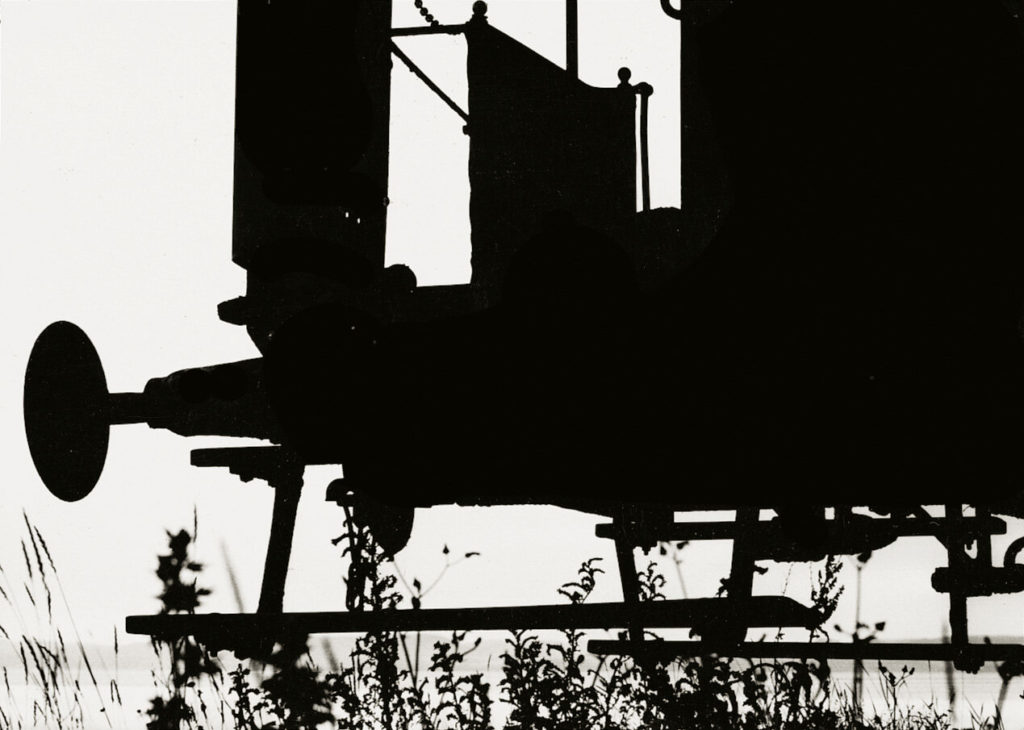
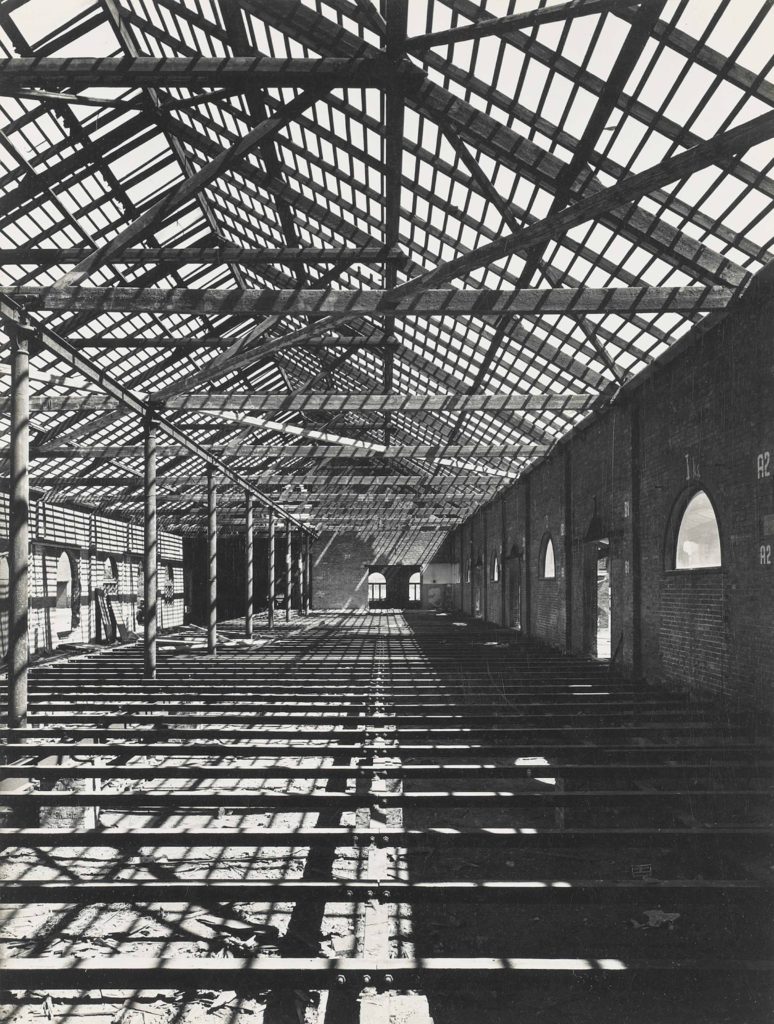
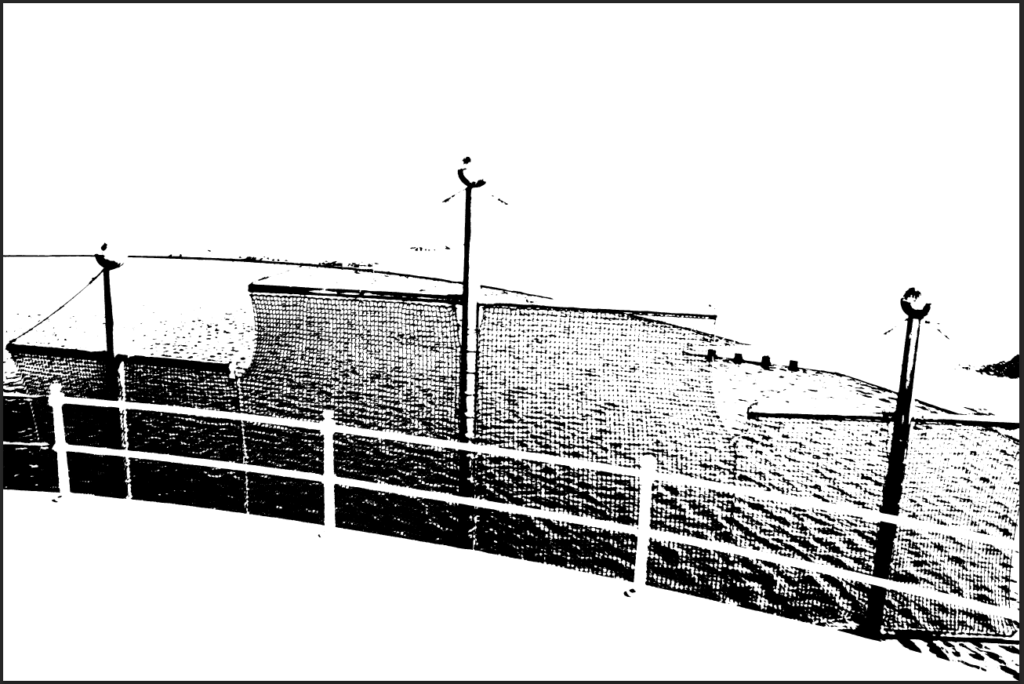
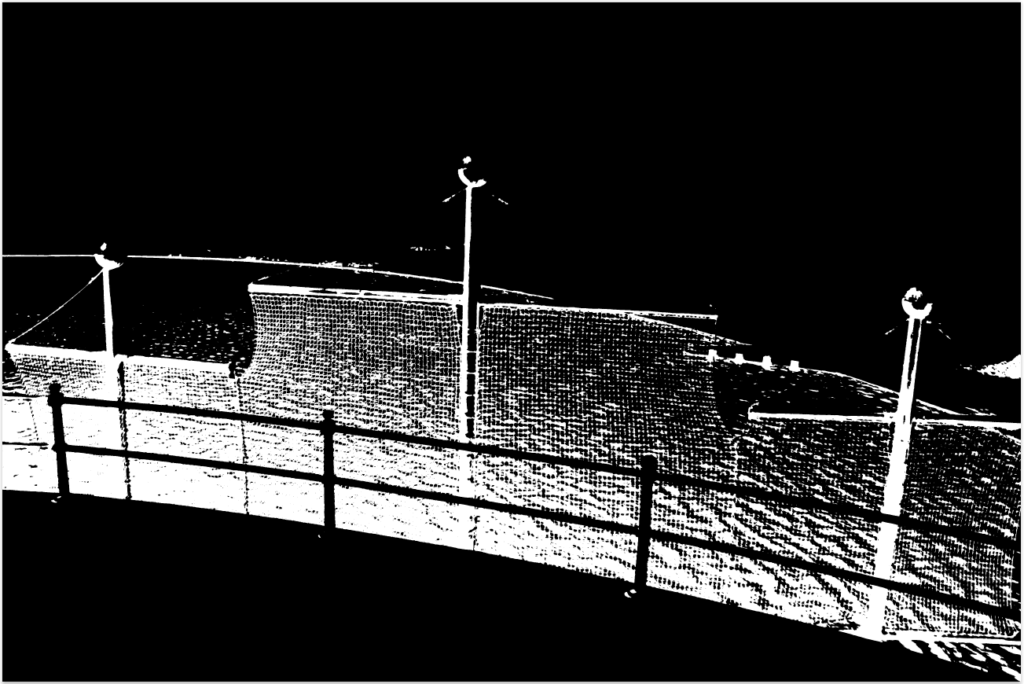
for these images i changed the threshold creating the black and white look a lot like Keld Helmer Petersen’s work but for the second one I inverted it to have a slightly different one


who was he ?
Keld Helmer-Petersen is one of the most influential Danish photographers in the 20thCentury. He was an international pioneer in colour photography and was a central figure in not only Danish but also European modernist photography. His career spanned 70 years and he had strong interest in modern architecture, industrial areas and structures. He was very prolific and continuously experimented and challenged the many possibilities of the photographic image. His efforts have put a mark on photography as an artistic expression.
Below are some of my contact sheets – I imported my images into Lightroom, into a new collection called Urban Landscapes. I then used the P and X tools to select and deselect my images and find my favourites.
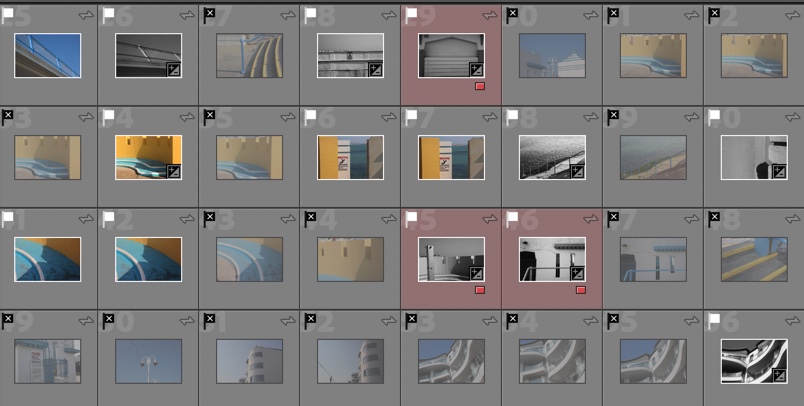
Here I have used P and X to delete images from my selection that are out of focus, overexposed or hazy.

Here I have de-selected images with not the best composition, a wonky horizon line, or an uninteresting subject.
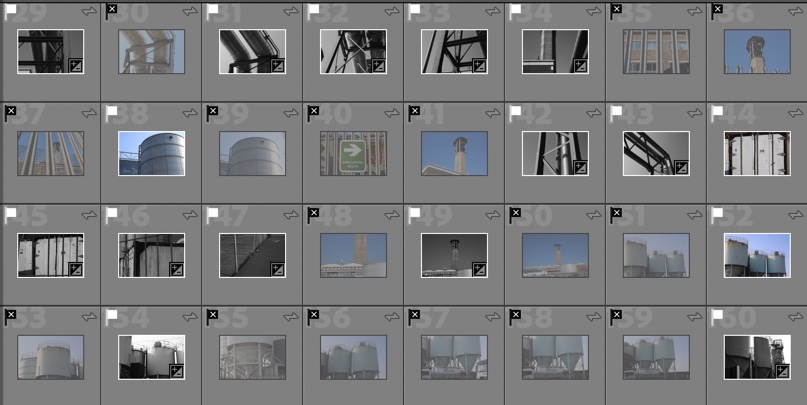
In this contact sheet, I had some trouble with overexposure – I deselected these images and cropped some of my favourites that still had this issue to improve the quality of the image.
These images are mostly in the style of my artist John Myers. I am planning to edit these in high contrast black and white to emulate his work. These were taken around Havre Des Pas pool, along the Boardwalk, and towards La Collette.



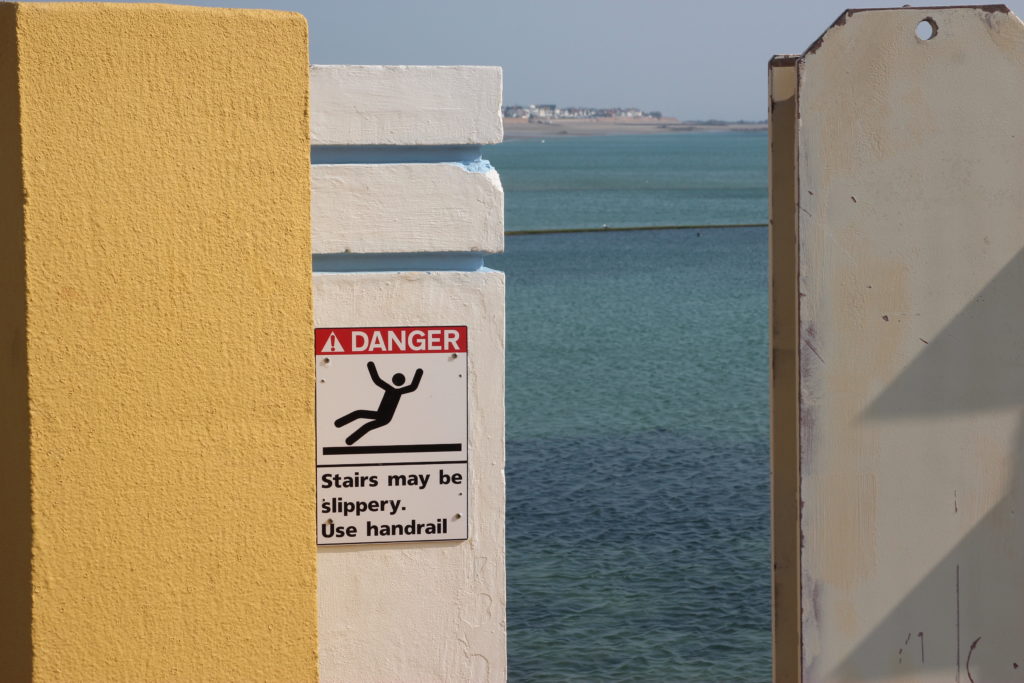
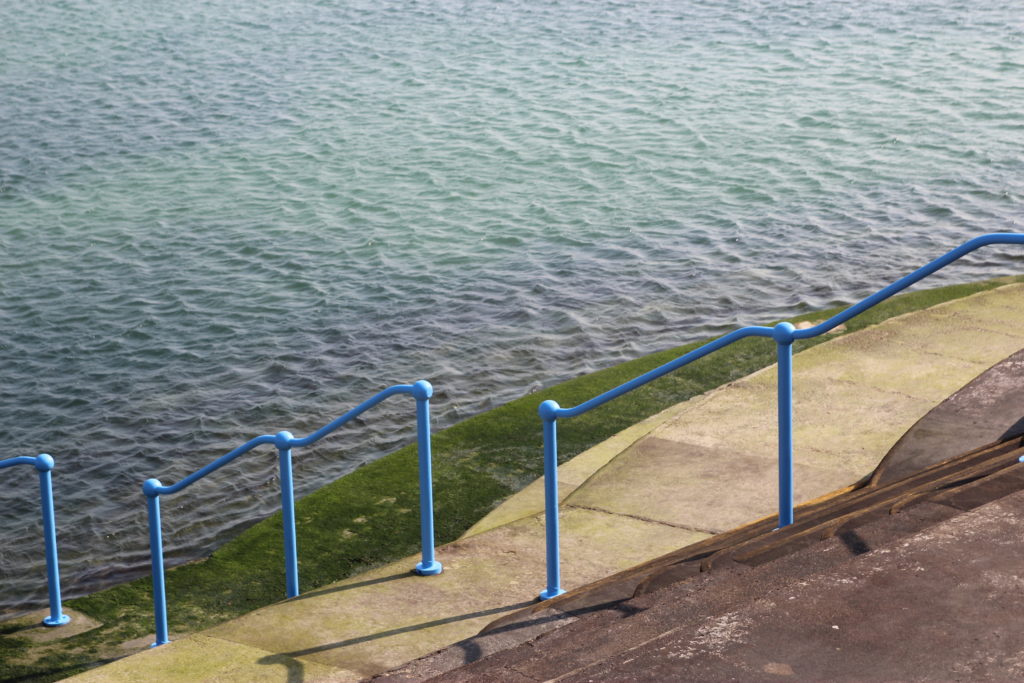
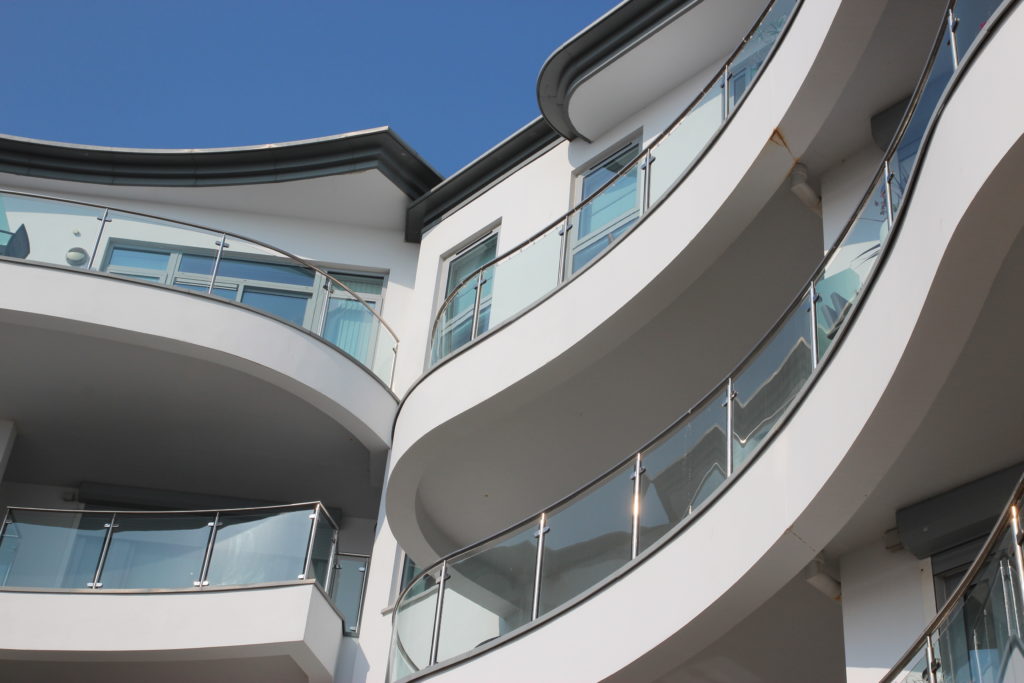

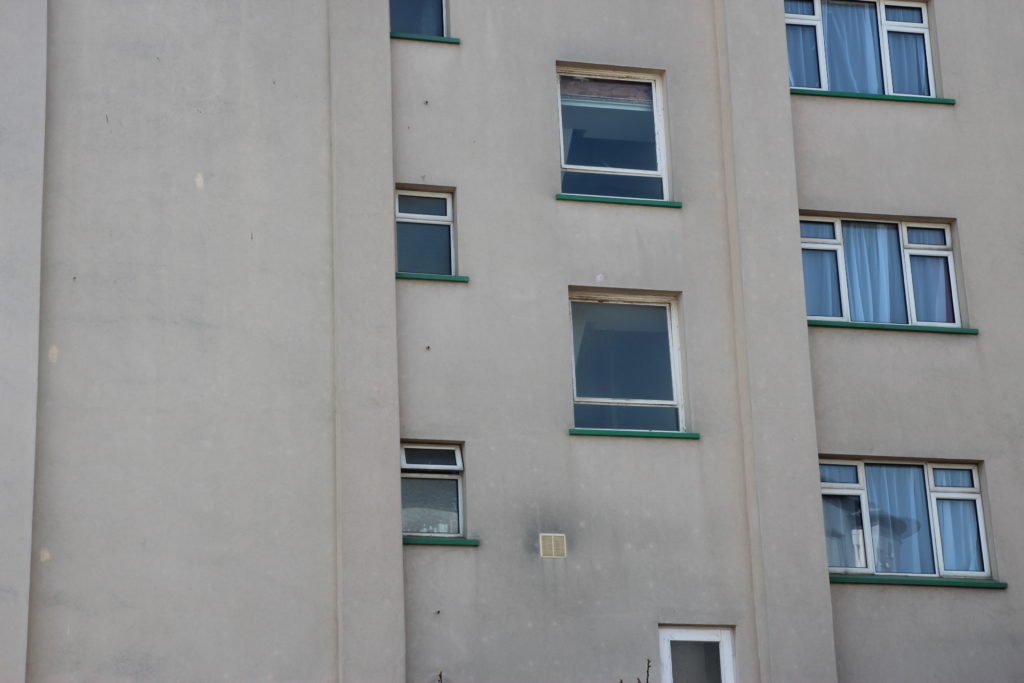

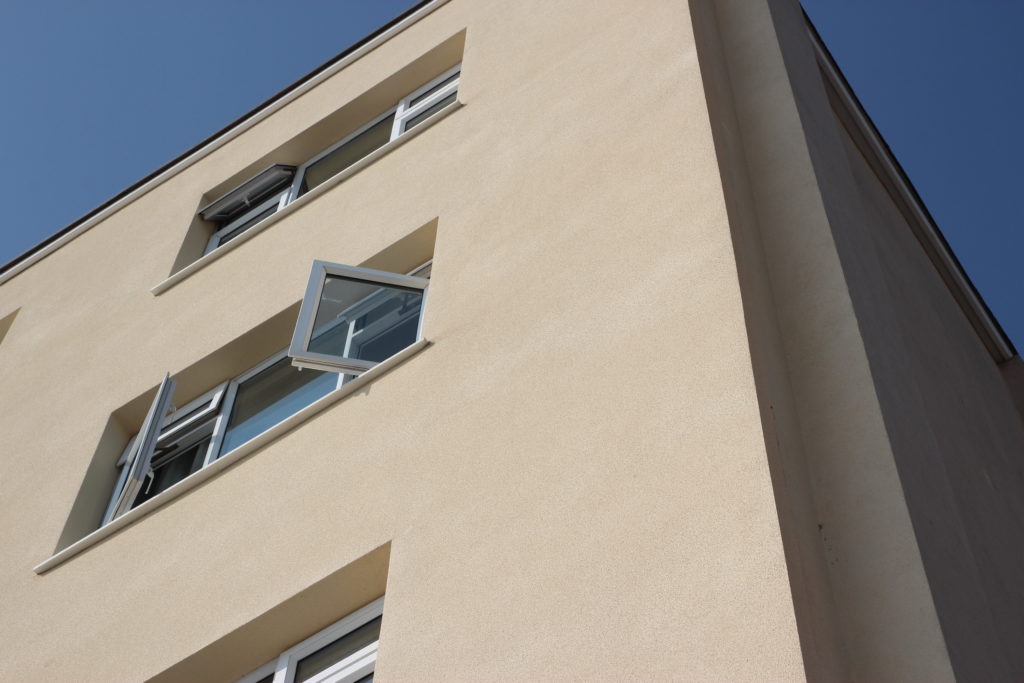

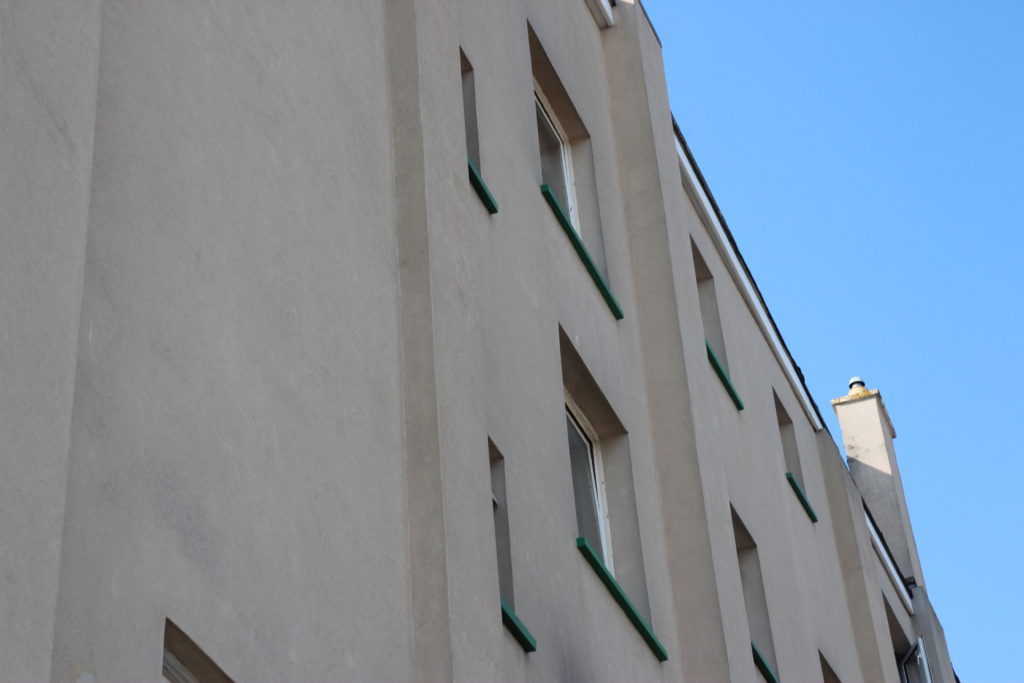



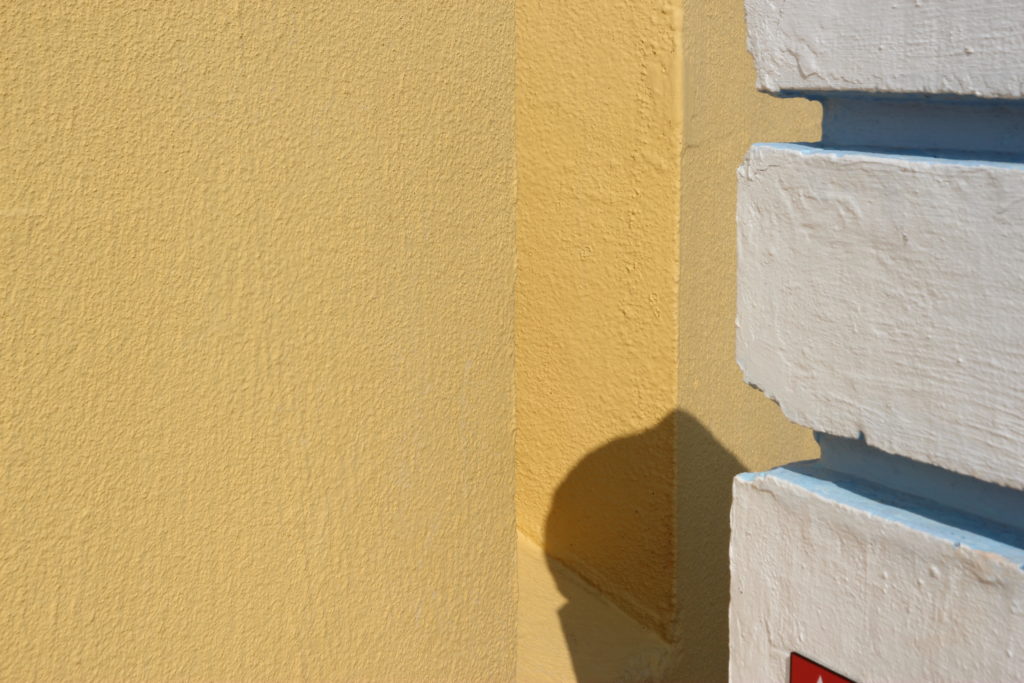
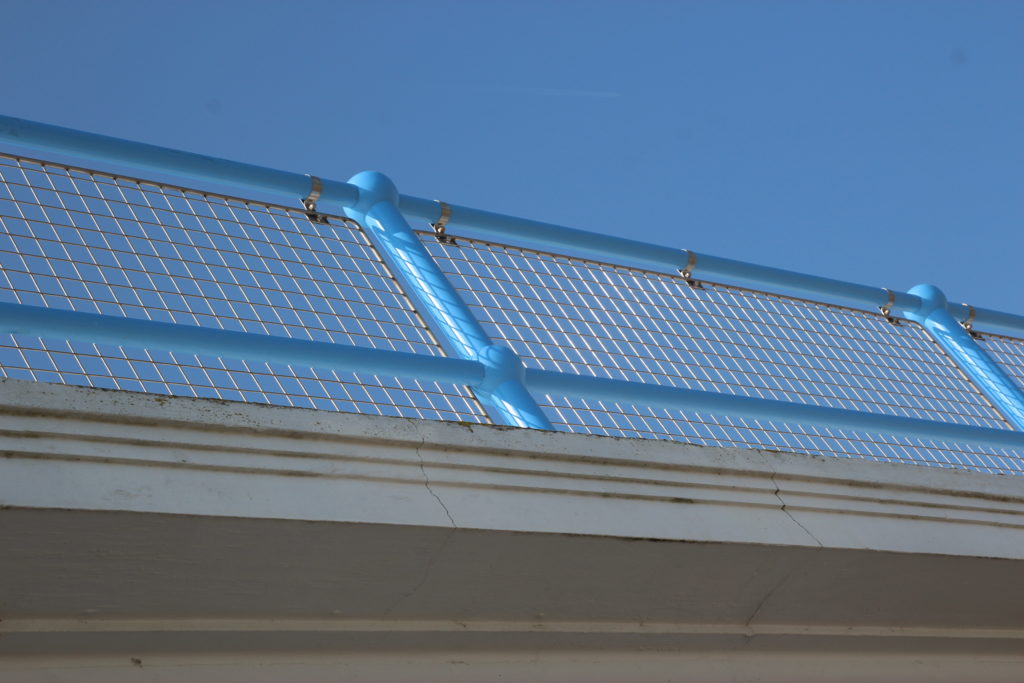




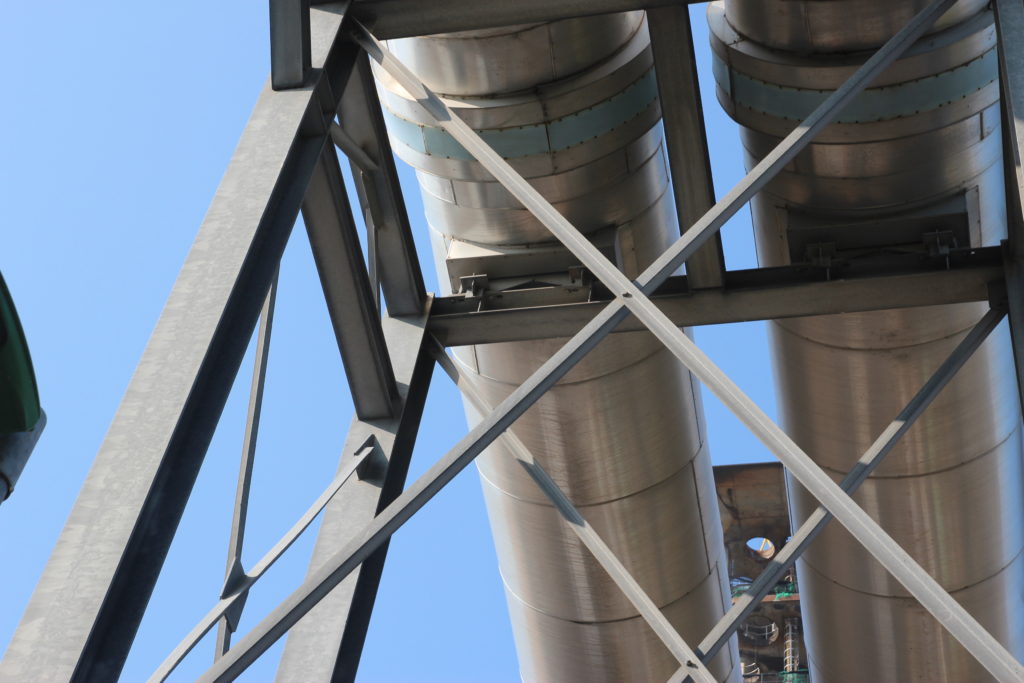
These images are going to be used as part of my images in the style of Berndt and Hilla Becher, who created Typologies that were a key part of The New Topographics.


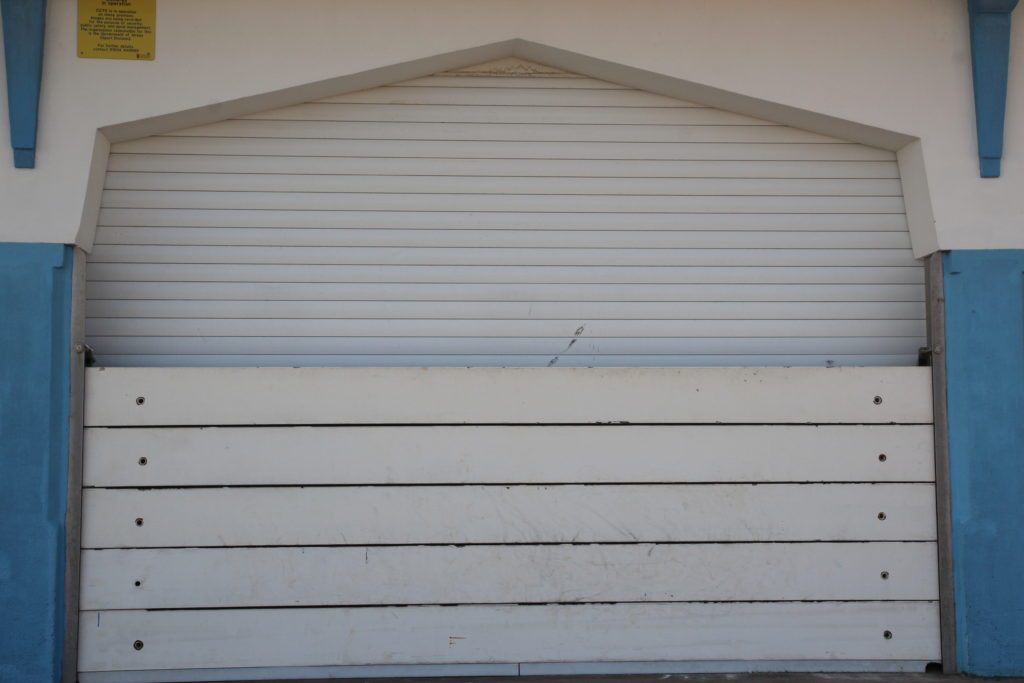
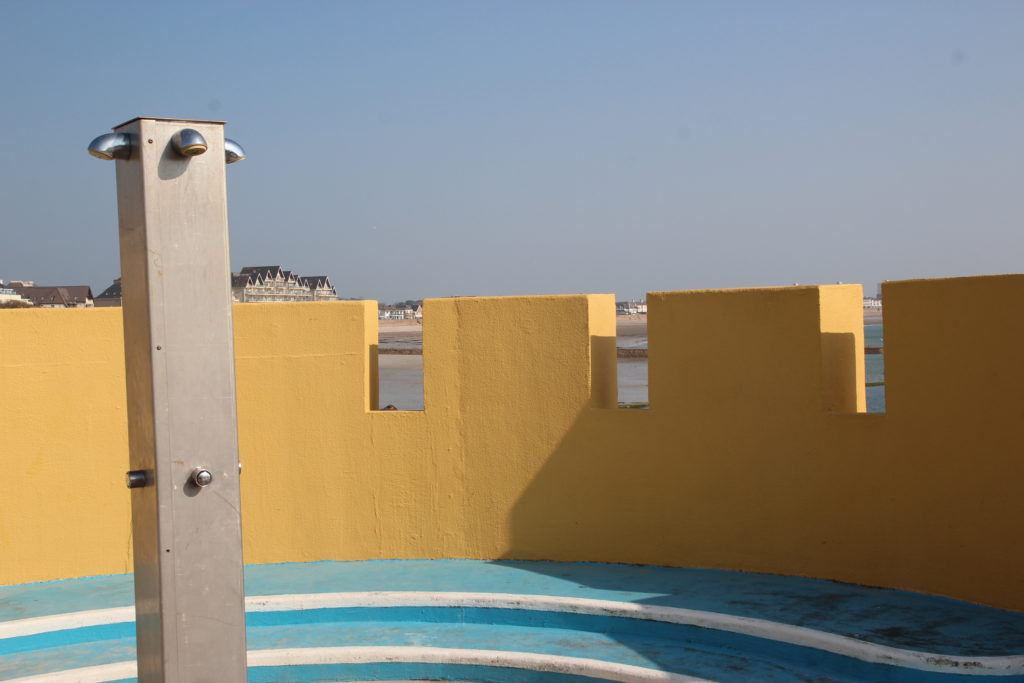
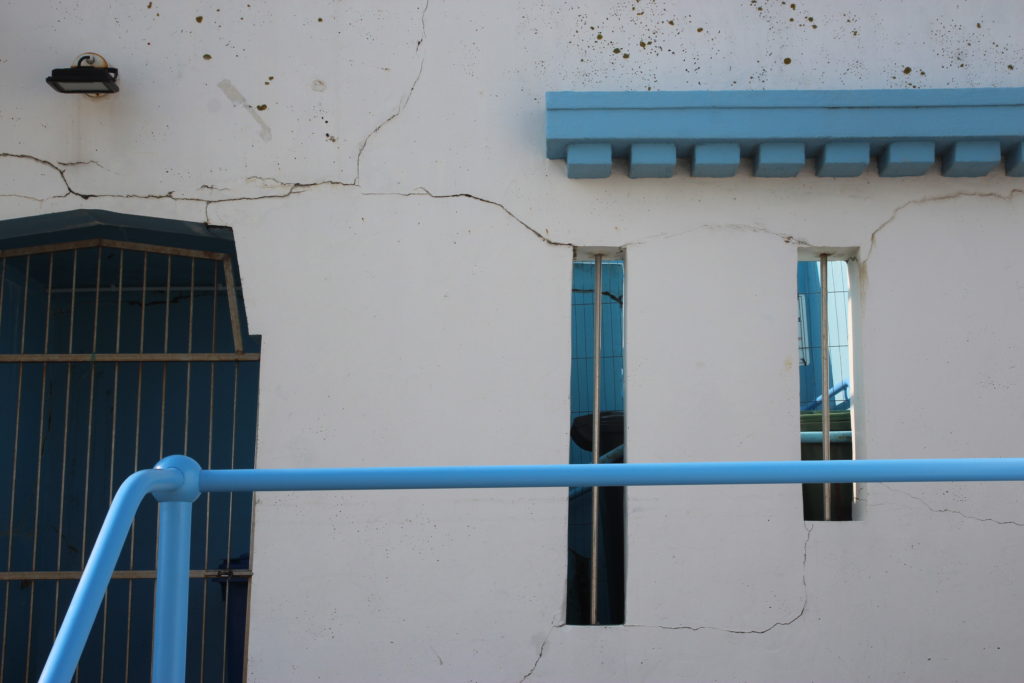
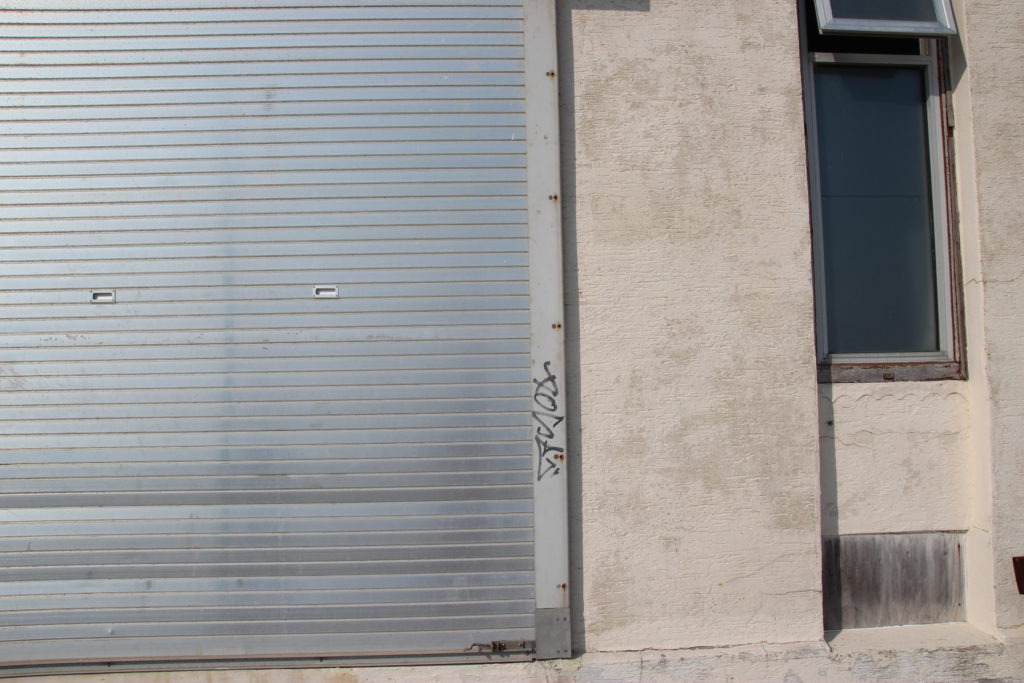
Overall, I think this shoot was really successful compared to some of my others. The bright and sunny weather really helped to prevent over/under-exposed images, as well as using the correct settings (landscape) and lens for the genre and idea I was focussing on. I had a bit of trouble with not enough/ too much zoom in my images, which created a few unbalanced compositions, however, I managed to fix this with the help of cropping.
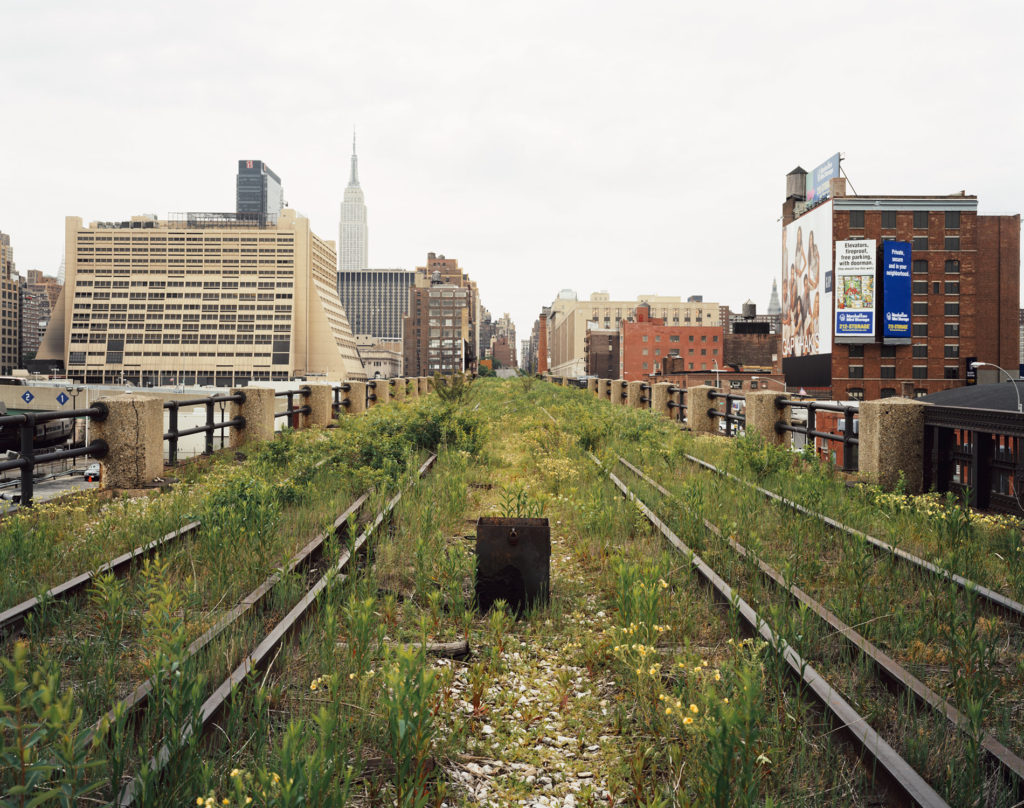
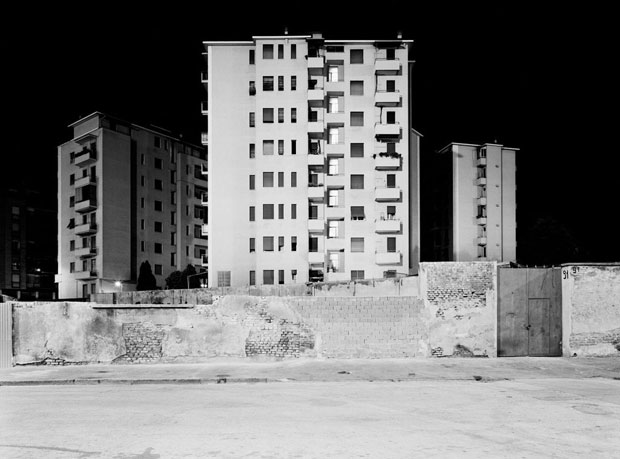
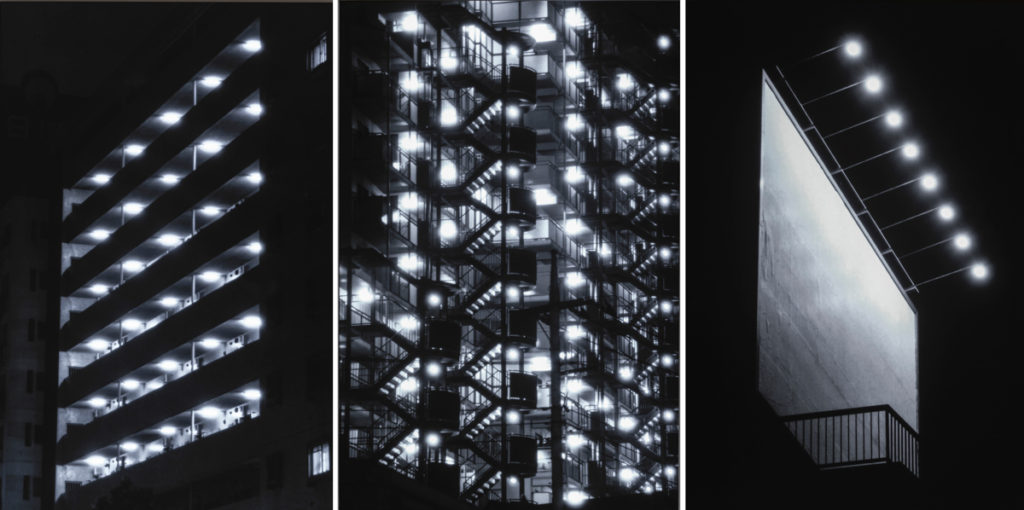
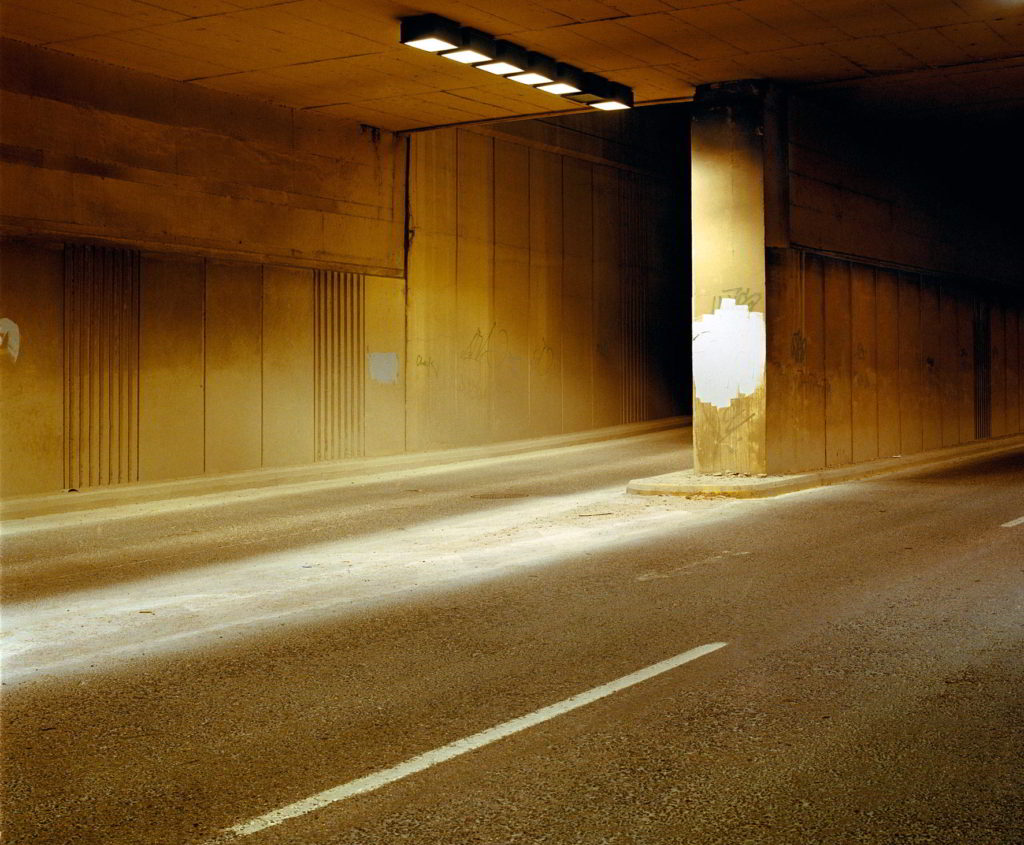

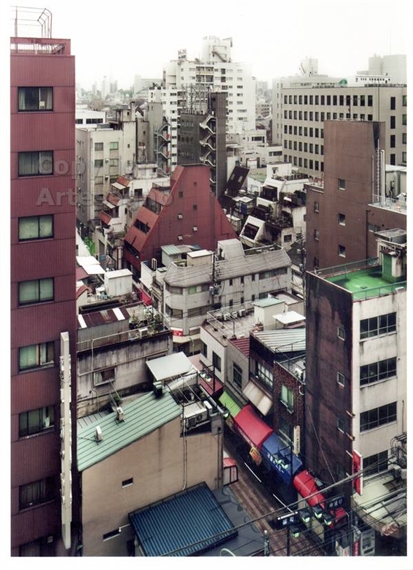
The New Topographics
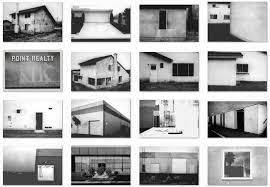


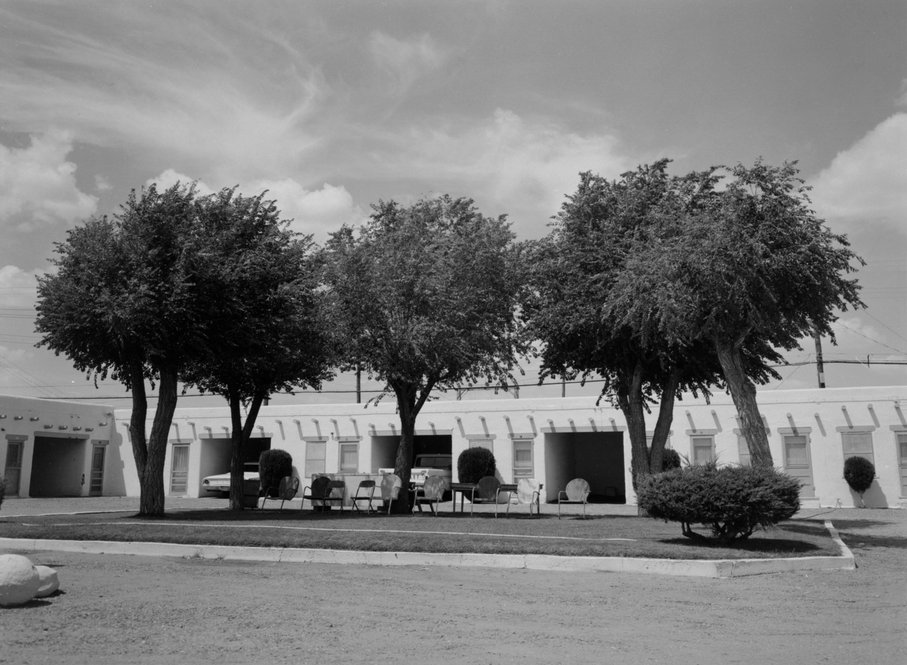
“New Topographics: Photographs of a Man-Altered Landscape” was an exhibition that epitomized a key moment in American landscape photography.
The term Topographics was coined by William Jenkins. The New Topographics creating a turning point of moving away from the traditional depictions of landscape photography. New Topographics placed an emphasis on the industrial and increasingly suburbanised world. An exhibition at the International Museum of Photography in Rochester, New York featuring these photographers also revealed the growing unease about how the natural landscape was being eroded by industrial development. New Topographics gained a varied response from the public:
“I don’t like them—they’re dull and flat. There’s no people, no involvement, nothing.”
“At first it’s stark nothing, but then you look at it, and it’s just about the way things are.”
“I don’t like to think there are ugly streets in America, but when it’s shown to you—without beautification—maybe it tells you how much more we need here.”
New Topographics focused on capturing the changing world and changing landscapes, in contrast to landscape artists such as Ansel Adams who based there studies on preserving the natural landscape and used they’re images in hope of protecting these sights from industrial change.
New Topographics, although rarely containing people within the images, represented the human impact on the landscapes, through the use of man made buildings, perhaps leading people to care and concern more for the natural environment and landscapes. However, new Topographics can also be seen as beautiful. Their stark, beautifully printed images of this mundane but oddly fascinating topography was both a reflection of the increasingly suburbanised world around them, and a reaction to the tyranny of idealised landscape photography that elevated the natural and the elemental.